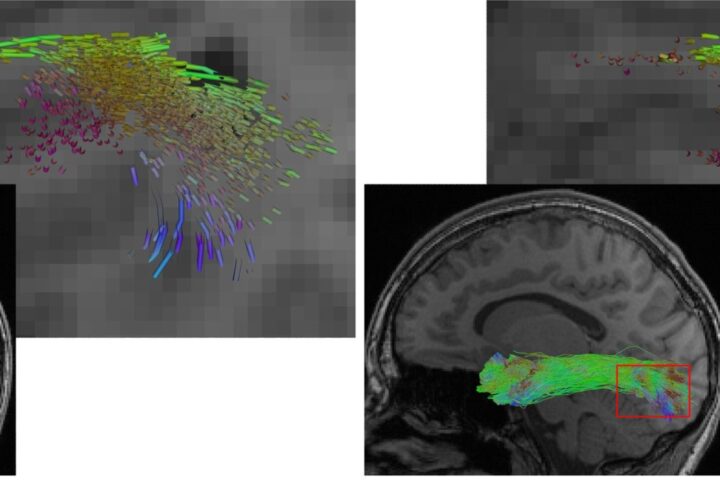New AI tools are changing how we tackle climate change, but they come with their own environmental costs. AI systems need substantial resources to operate effectively while helping solve environmental challenges.
Helping the Planet
Scientists are using AI to predict weather patterns better and spot early signs of climate disasters. A new system called NeuralGCM can forecast climate changes as accurately as older methods, but much faster once it’s set up.
In nature conservation, researchers created a tool called INQUIRE that looks at photos people take of wildlife. “These images are potentially a hugely rich resource that remains largely untapped,” explains Dr Oisin Mac Aodha from the University of Edinburgh.
When climate disasters strike, doctors and aid workers need quick information. That’s why Dr. Iain Marshall’s team is building SOLACE-AI. This tool will give instant advice about handling health problems caused by extreme weather, like floods or heat waves.
Similar Posts
Hidden Costs
But running AI requires massive computer centres that use lots of electricity and water. A request made through ChatGPT consumes 10 times the electricity of a Google Search. In Ireland, these AI centres might soon use over one-third of the country’s electricity.
Making computers for AI is resource-heavy too. Building just one small computer needs 800 kilograms of raw materials – requiring extensive mining and processing.
Water usage is another worry. These computer centres need constant cooling, using as much water as Denmark, a country of 6 million people.
“There is still much we don’t know about the environmental impact of AI but some of the data we do have is concerning,” warns Golestan Radwan from the UN Environment Programme.
Finding Balance
Countries and companies are starting to address these problems. According to UNEP’s recommendations, they’re working on:
- Establishing standardised procedures for measuring AI’s environmental impact
- Requiring companies to disclose the environmental consequences of AI products
- Making AI algorithms more efficient
- Encouraging companies to green their data centres
- Integrating AI policies with environmental regulations
The goal is to keep AI’s benefits while reducing its environmental costs. As Radwan points out, “Governments are racing to develop national AI strategies but rarely do they take the environment and sustainability into account.”


















